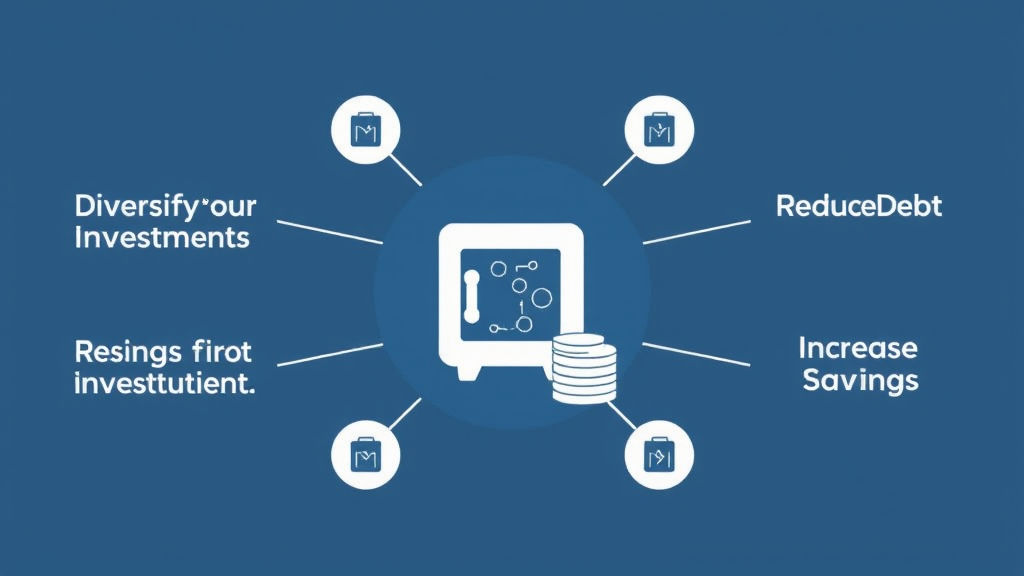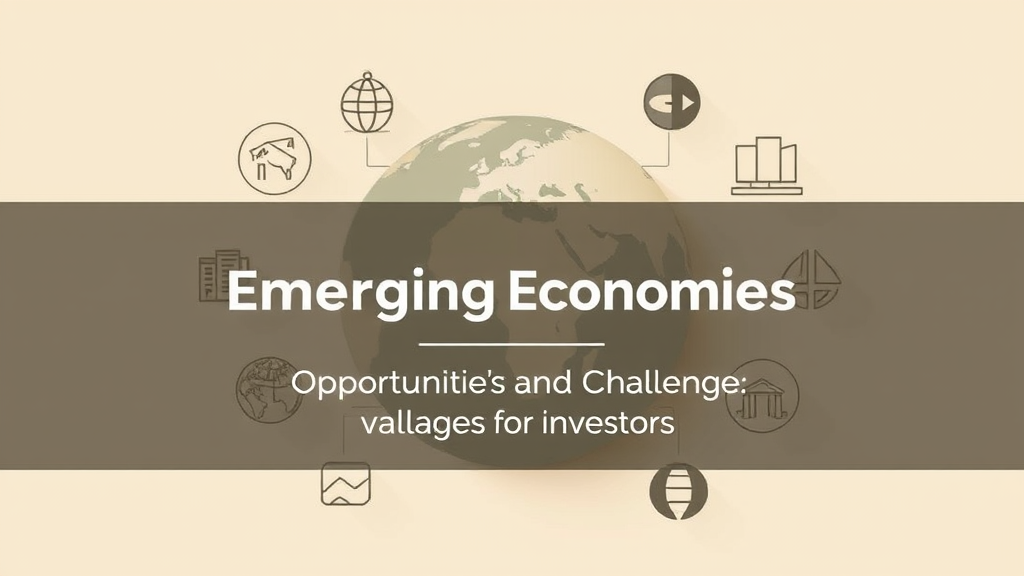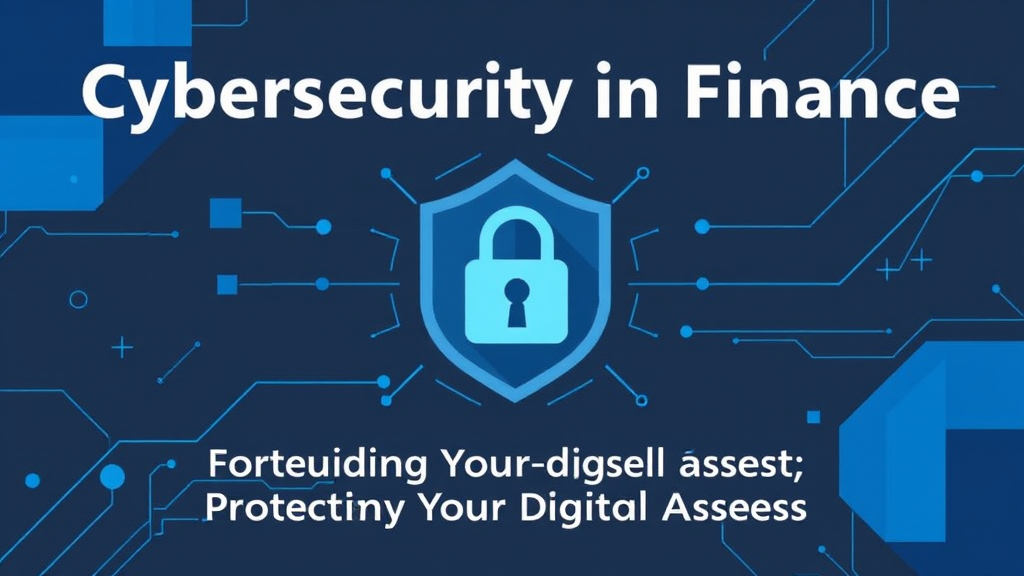Introduction to Wealth Managemeny in the Cryptocurrency Era
The Evolution of Wealth Management
Wealth management has undergone significant transformation in recent years, particularly with the advent of cryptocurrency. This evolution reflects a broader shift in investment paradigms, where digital assets are increasingly recognized as viable components of diversified portfolios. Financial professionals must now navigate a landscape where traditional asset classes coexist with cryptocurrencies, requiring a nuanced understanding of both. The integration of blockchain technology has introduced new efficiencies and transparency in transactions. This is a game changer.
As clients become more tech-savvy, their expectations evolve. They seek tailored solutions that align with their unique financial goals. The rise of decentralized finance (DeFi) platforms exemplifies this trend, offering innovative financial products that challenge conventional banking systems. It’s fascinating to witness.
Moreover, regulatory frameworks are adapting to accommodate these changes. Compliance with evolving regulations is crucial for wealth managers to maintain credibility and protect client interests. This is not just a trend; it’s a necessity.
In this dynamic environment, wealth managers must enhance their expertise in digital assets. Continuous education and adaptation are vital for success. The future is here.
Impact of Cryptocurrency on Traditional Wealth Management
The emergence of cryptocurrency has significantly influenced traditional wealth management practices. Financial advisors are now compelled to incorporate digital assets into their investment strategies. This shift requires a comprehensive understanding of the unique characteristics of cryptocurrencies. Knowledge is power.
Clients increasingly demand exposure to these assets, viewing them as a hedge against inflation and market volatility. This trend challenges wealth managers to reassess their asset allocation models. It’s a critical juncture.
Moreover, the volatility associated with cryptocurrencies necessitates a more dynamic approach to risk management. Wealth managers must develop strategies that account for rapid price fluctuations. This is not a simple task.
Additionally, the integration of blockchain technology offers enhanced transparency and security in transactions. This innovation can streamline operations and reduce costs. Efficiency matters.
As regulatory frameworks evolve, wealth managers must stay informed to ensure compliance. Adapting to these changes is essential for maintaining client trust. Trust is everything.
Understanding Client Needs in a Digital Age
Shifts in Client Demographics and Preferences
The landscape of wealth management is evolving, driven by shifts in client demographics and preferences. Younger investors, particularly millennials and Gen Z, are increasingly entering the market. They prioritize sustainability and ethical investing. This is a notable change.
Key preferences among these demographics include:
Additionally, the rise of social media influences investment decisions. Clients often seek advice from online communities rather than traditional advisors. This trend highlights the importance of digital engagement. It’s a new era.
Wealth managers must adapt to these changing preferences. They should leverage technology to enhance client interactions. This is crucial for building lasting relationships. Understanding client needs is vital.
Importance of Personalized Financial Solutions
Personalized financial solutions are increasingly vital in today’s wealth management landscape. Clients have diverse financial goals and risk tolerances, necessitating tailored strategies. A one-size-fits-all approach is ineffective. Customization is key.
Understanding individual client profiles allows wealth managers to align investment strategies with specific objectives. This alignment enhances client satisfaction and retention. Happy clients refer others.
Moreover, personalized solutions can incorporate various asset classes, including alternative investments and cryptocurrencies. This diversification mitigates risk and capitalizes on market opportunities. It’s a strategic advantage.
Technology plays a crucial role in delivering personalized services. Advanced analytics and client relationship management systems enable wealth managers to gather insights and anticipate client needs. Data-driven decisions are more effective.
As clients become more informed, they expect transparency and engagement in their financial journeys. Regular communication and updates foster trust and loyalty. Trust is essential in finance.
Emerging Trends in Cryptocurrency Wealth Management
Integration of Blockchain Technology
The integration of blockchain technology is transforming cryptocurrency wealth management. This technology enhances security and transparency in financial transactions. It is a significant advancement.
Key benefits of blockchain integration include:
Furthermore, blockchain facilitates real-time tracking of assets. This capability allows wealth managers to provide clients with up-to-date information. Timely data is crucial.
Additionally, the use of blockchain can streamline compliance with regulatory requirements. Automated reporting features simplify the process for wealth managers. Compliance is essential in finance.
As the industry evolves, embracing blockchain technology will be vital for staying competitive. Wealth managers must adapt to these emerging trends. Adaptation is key to success.
Rise of Decentralized Finance (DeFi) Solutions
The rise of decentralized finance (DeFi) solutions is reshaping the landscape of cryptocurrency wealth management. DeFi platforms enable users to engage in financial activities without intermediaries, such as banks. This shift promotes greater accessibility and inclusivity. It’s a revolutionary change.
Key features of DeFi include:
Moreover, DeFi solutions often utilize smart contracts to automate transactions. This reduces the need for manual intervention and minimizes errors. Automation is beneficial.
As DeFi continues to grow, wealth managers must understand its implications. They should evaluate how these solutions can fit into client portfolios. Strategic integration is essential.
Additionally, the regulatory landscape surrounding DeFi is evolving. Wealth managers must stay informed to navigate compliance challenges. Knowledge is crucial in this dynamic environment.
Strategies for Adapting to Changing Client Needs
Enhancing Client Education and Engagement
Enhancing client education and engagement is essential in adapting to changing client needs. As clients become more informed, they expect wealth managers to provide valuable insights. This shift necessitates a proactive approach to client communication.
Effective strategies for client education include:
Additionally, personalized communication fosters stronger relationships. Tailoring messages to individual client interests enhances engagement. Personalization is effective.
Utilizing technology can also improve client interactions. Client relationship management (CRM) systems help track preferences and behaviors. Data-driven insights are valuable.
Furthermore, encouraging client feedback creates a two-way dialogue. This feedback
Building a Diverse Investment Portfolio
Building a diverse investment portfolio is crucial for managing risk and achieving long-term financial goals. A well-structured portfolio can withstand market fluctuations and provide stable returns. Diversification is a fundamental principle.
Key strategies for creating a diverse portfolio include:
Additionally, incorporating alternative investments, such as cryptocurrencies and commodities, can further diversify risk. These assets often behave differently than traditional investments. It’s an innovative approach.
Regularly reviewing and rebalancing the portfolio is also vital. This process ensures that the asset allocation aligns with changing market conditions and client goals. Adaptation is necessary.
Finally, understanding client risk tolerance is essential for tailoring investment strategies. Each client has unique preferences and financial situations. Personalization is key to success.









